little birdies (starlings)
Took some pics of starling's baby in the local park. All the photos are hires-clickable.
upd. as I've posted it... I am not so sure, after all: maybe it is rather a thrush? Expert opinion is warmly welcome!!
A cropped close-up portrait.
Note some left-over baby feathers on the head. So funny!
The pictures above were captured with 300mm tele, which I later changed to macro 150mm. And by the end of the walk, when the camera was already holstered and we were at the park's exit -- I noticed one more starling baby. I decided not to change the lens one more time, so these (below) were captured with 150mm macro. Happily, he let me come close enough.
On this 1st pic you can see his legs -- really looks like a grown-up chicken to me. Very funny associations! Not sure if that is the same one as I shoot 2 hours before. But quite possible!
As I stepped in, the birdie became worrying with my close presence, changed position to another branch, and soon after that flew away. Yeah, 300mm tele has some definite benefits to 150mm! But I consider that Sigma has a more pleasurable bokeh).
And that was (almost) the last photo I took...
Few more starlings pics from that day. Oh, and did you know they are also being named as 'English sparrows' ?
You may notice the lichens on the trees that I come to photo at this abandoned orchard. There are a plenty of them here ;)
The last pic also goes to the @qurator Photo Quest challenge.
This week prompt was: Bokeh.
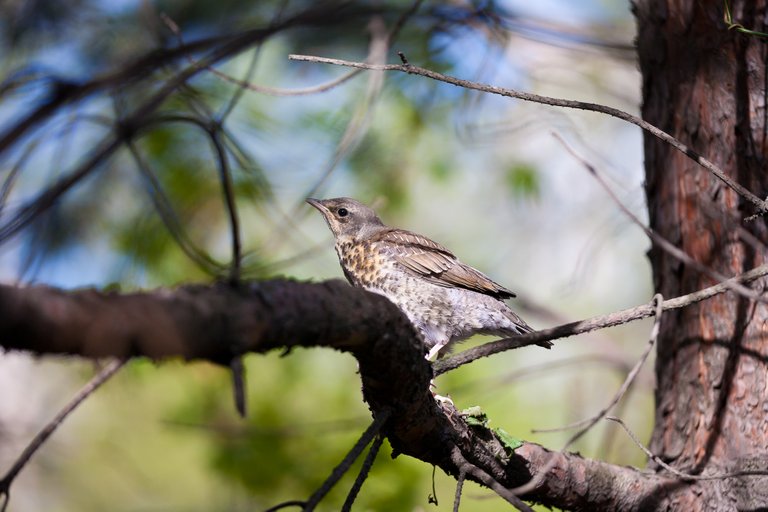
This is the edited version (clickable).
It has no fancy bokehlicious things cause its definitely not a vintage soviet manual lens. Its just my working heavy horse -- Sigma 150mm 2.8 (very, very heavy horse!) I enjoy the bokeh I am getting, tho it is not that great. I'd say, it does the job in a decent way. I shot this birdie on a pine tree, which had a lot of annoying little branches. And the lense blurred them in a great artsy way -- from annoying ballast, they became very fancy and enjoyable stuff that almost has its own value, adding to the photo.
That was the reason for me to submit it to the challenge -- lets have some alternative reference points for comparison: what other types of bokeh exist.
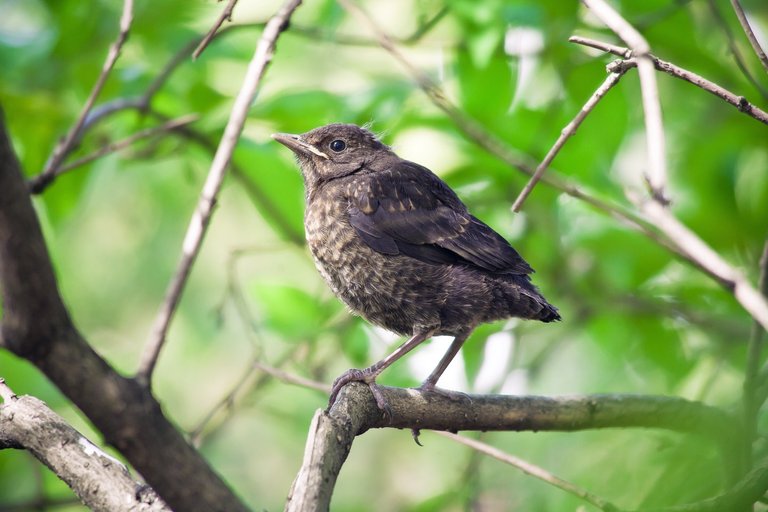
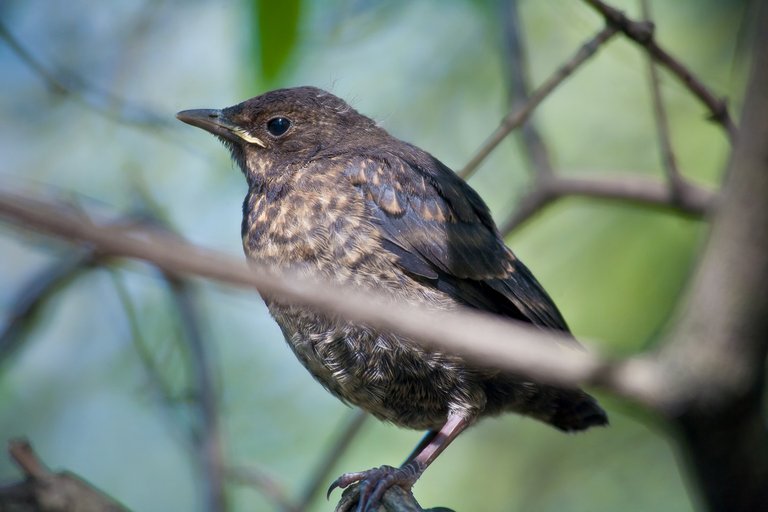
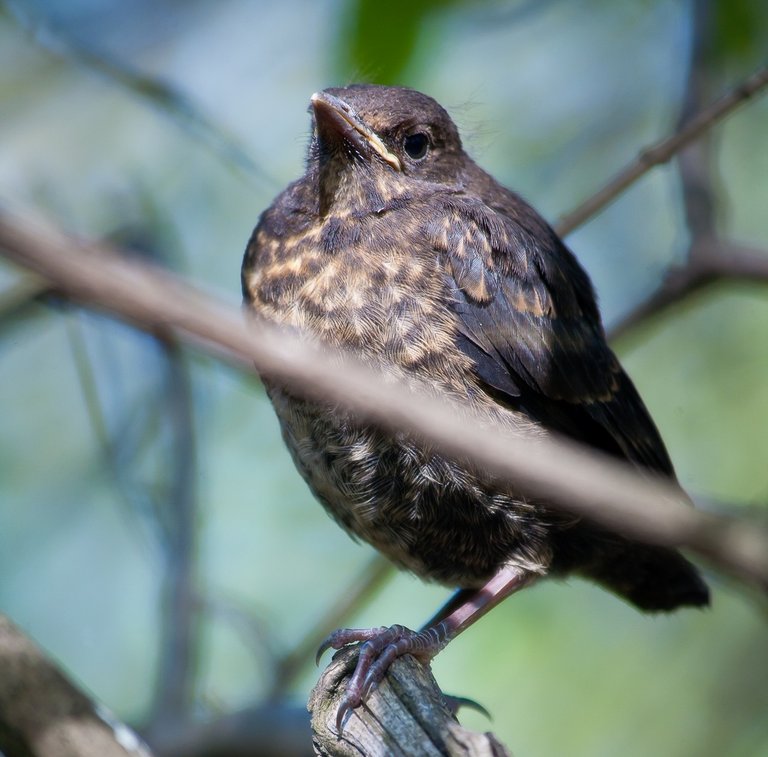
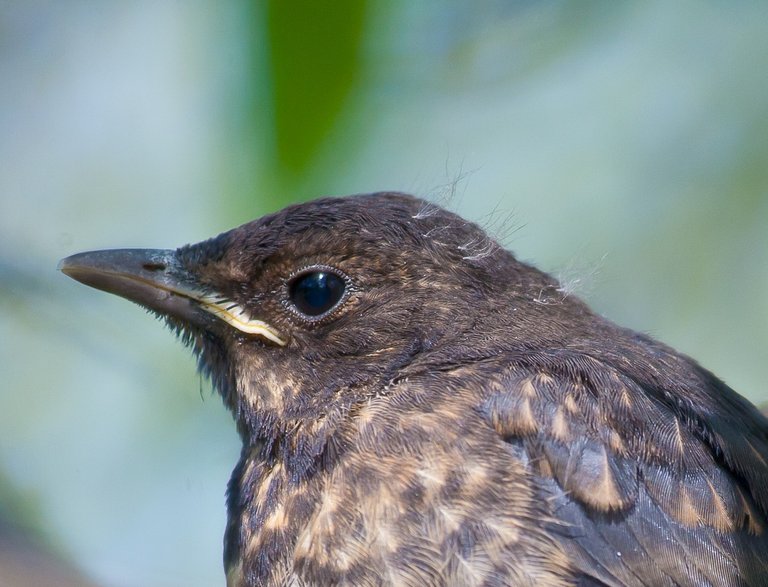
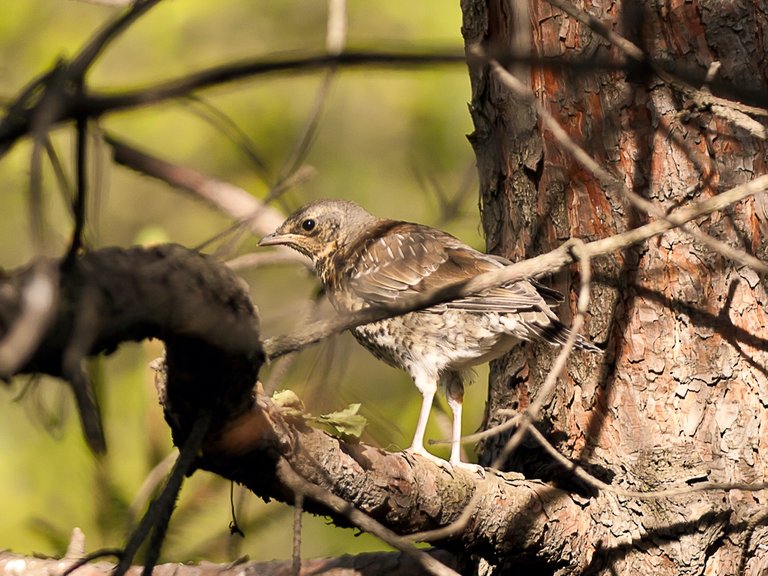
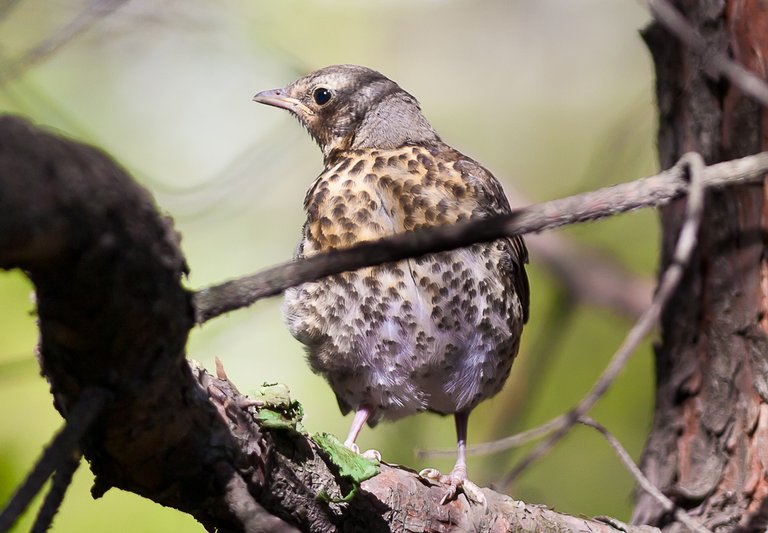

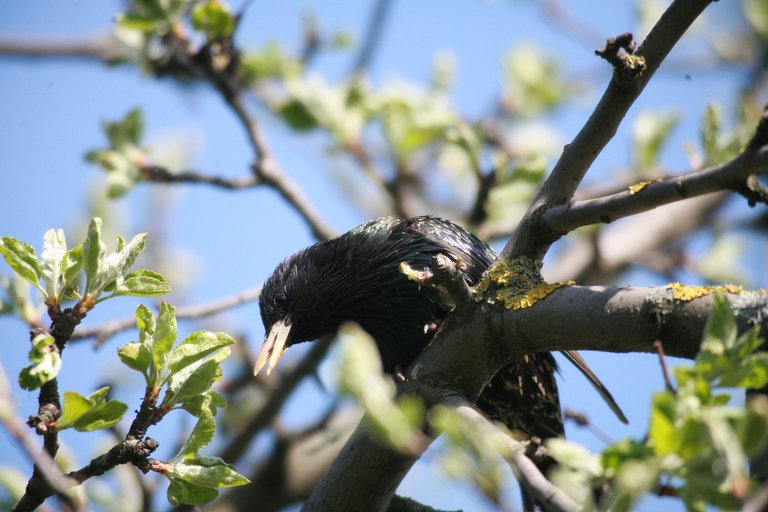
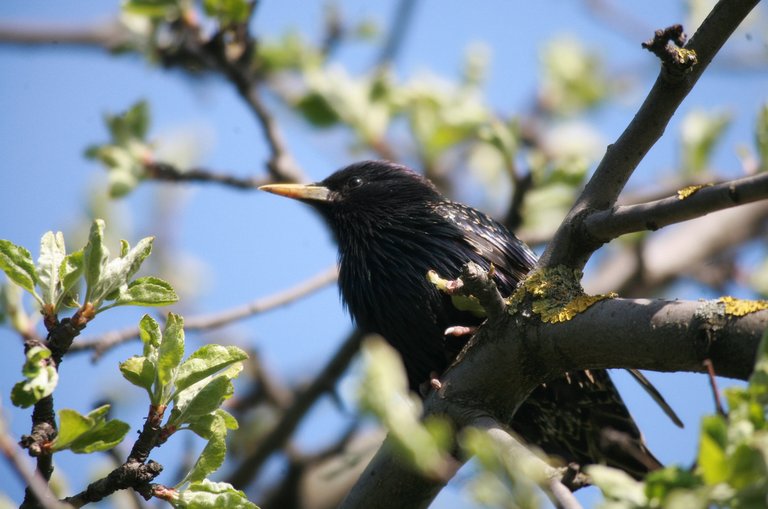
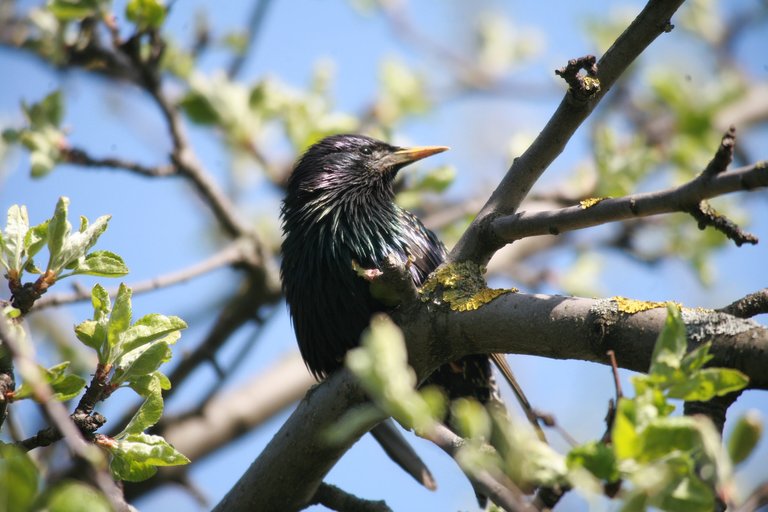
This is a great post!! We really appreciate your work and efforts.
To support your work, we have also up-voted you using our
@dna.steemCuration Trail ✅!Our curators liked your post!
We hope, you'll keep up the good work, and continue posting such articles in the future as well!!
Have a nice day!
Best,
Team DNA 🧬
(Densifying Nature-Appreciation)
By the people ⚪ For the people
You can also consider supporting us with a small delegation / donation.
We are non-profit 😊.
It helps us keep the project alive and running!
mille grazie, @barbara-orenya -- which photo was your fave?..
This one because I usually like the iridescence of the starling feathers and on this one we can see it best, in the neck
!discovery 35
This post was shared and voted inside the discord by the curators team of discovery-it
Join our community! hive-193212
Discovery-it is also a Witness, vote for us here
There's so much details on those feathers! Beautiful <3
thank you, i like this little chicken too :)
The photos are so great of the babies with so much detail. I love the tiny feathers on his head.
same with me, I was touched with it very much too. ofc we cant see it from the 2-meters distance, I noticed it only back at home, watching the pictures. thats a benefit of walking with tele :)
maybe you wanna enjoy other my post, about nice Grebe duck.
Blessings!
Cool, bird babies are sometimes curious and don't fly away - I have had such an encounter with a little bird last year which didn't fly away until an older one came and shouted at him ;)
Lovely photos, @qwerrie, and really sharp. The baby feathers on the head of this little guy are sweet :)
!tip
Cheers and !BEER
happy you like it. a rare and lucky encounter for me. a !BEER back, as well.
Right, if you are no bird watcher you will see such baby birds only when you are lucky enough to be on the right place at the right time.
I had the same luck last year, but only for a few seconds and I had the wrong lens on my camera, but I got a few nice photos.
You got many more photos and they are really good in my eyes 👍🙂
I hope everyhing is fine and everybody well - have a great weekend, @qwerrie 🙂
Cheers and !BEER
!invest_vote
View or trade
BEER.Hey @qwerrie, here is a little bit of
BEERfrom @johannpiber for you. Enjoy it!Learn how to earn FREE BEER each day by staking your
BEER.@johannpiber denkt du hast ein Vote durch @investinthefutur verdient!
@johannpiber thinks you have earned a vote of @investinthefutur !
Votet @cervisia for Witness
View or trade
BEER.Hey @qwerrie, here is a little bit of
BEERfrom @johannpiber for you. Enjoy it!Learn how to earn FREE BEER each day by staking your
BEER.🎁 Hi @qwerrie! You have received 0.1 HIVE tip from @johannpiber!
@johannpiber wrote lately about: The Long Hunt For The E - Alphabethunt Feel free to follow @johannpiber if you like it :)
Sending tips with @tipU - how to guide.
Having a flashback about the baby feathers. You might like my post about recently trying to save 3 Starling fledglings. Sadly only one survived. Here's the link.
Классно птахи получились)) Смешные с коротким хвостом. Я тут пару воронят повстречал, тоже забавные)
fuf! ага, натурально курёнок-переросток какой-то :)
я не стал писать об этом, но тот который на сосне - нагло повернувшись ко мне попой, пописал мне в лицо, с особым цинизмом... пока я его фоткал. но возможно, конечно, у него такая просто реакция на страшного большого белого человека :)
ps. у тебя картинки сейчас показываются? у меня нет, делаю пост вслепую..
нормально вроде всё показывается
mda...
чудны дела твои провайдерские, господи...
These close ups stand out, brilliant shots! And you know how to take advantage of the disadvantage.
I was stalking the nest of the starlings but missed the moment when tbeir fledglings were away.
i saw no nests at all, this season. . . happily, i had a little bit of my luck!
Great shots of junior...:-)
mille grazie! glad you enjoyed it.
and -- Happy caturday, tho I totally forgot about it :))))
beautiful shot. awesome lens you have :)
hmmm. not at all. quite on the contrary, I am not happy with tele- 300mm (5.6! and slow AF). as for the macro-tele.. it does a good job, but could be better :) 1st I tried 60mm Tamron and then tried 150mm Sigma, and I think the best of all would be 105mm (Canon L series, ofc ))))
this shot was cool cause he let me close.
a bit of Random Luck was sent me from Heaven!
Aha. you getting closed is great. :) tnx